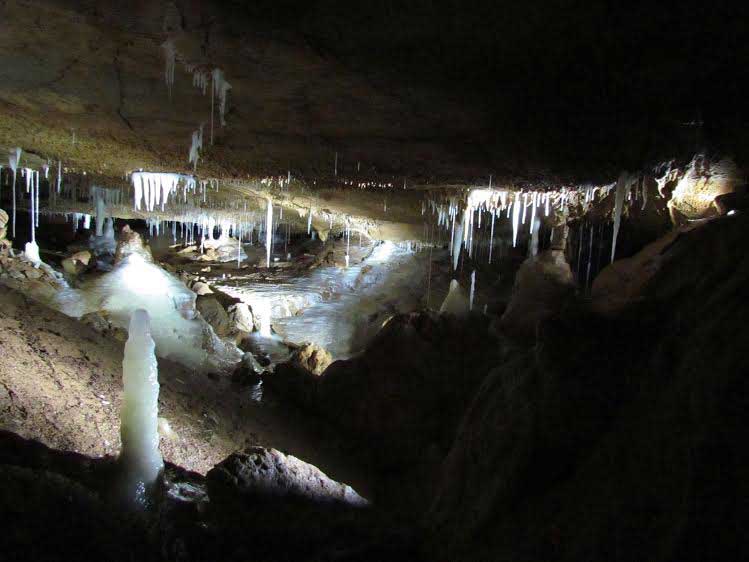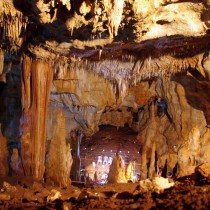This year’s Annual Meeting of the Swedish Institute will be held Thursday, April 3, 2014, at 6 p.m., in the Lecture Hall of the Acropolis Museum. The Work of the Swedish Institute in 2013 will be presented by the Director of the Institute Arto Penttinen. The presentation will be followed by a lecture entitled “Climate, environment and past societies. What do we want to know – and why?”, by Karin Holmgren (Professor, Department of Physical Geography and Quaternary Geology, Stockholm University, Director, Navarino Environmental Observatory, NEO) and Erika Weiberg (Researcher, Department of Archaeology and Ancient History, Uppsala University).
As the two lecturers explain in their abstract “Past climate reveals notable changes globally. The Mediterranean region bears a long history of human society dynamics, making it a suitable site to explore interactions between climate, environment and human activity over a variety of time scales. However, data documenting climate events as well as the human history are still ambiguous to ascertain firm links between large-scale atmospheric circulation, regional climate changes and local human society evolution. These issues will be addressed in a two-part lecture, providing a natural science perspective and an archaeological perspective, respectively.
“Information about past climate changes can be revealed through studies of different natural archives. Caves with their good protective shelter are often excellent preservers and recorders of past climate, environments and human history. The cave formation itself, as well as the cave interior deposits, can be used for elucidating past history. Speleothems – such as stalagmites, stalactites, flowstones – are formed by calcite precipitation from carbonate-rich seepage water entering limestone caves. Speleothems can provide precisely dated archives containing information about long-term climate and environmental variability. Some examples will be given during the lecture.
“Human societies respond to a large variety of internal and external factors that drive societal development over time. Climate and environment are two such factors and issues of both archaeological and contemporary concern. The question is if there are usable lessons to be learnt from establishing human-environment linkages in the past and how indeed we should go about assessing their societal relevance, today as well as in the past. The lecture will draw attention to a selected number of archaeologically definable circumstances from the Aegean Bronze Age, addressing issues of time, scale and the workings of human creativity through times of change.”





